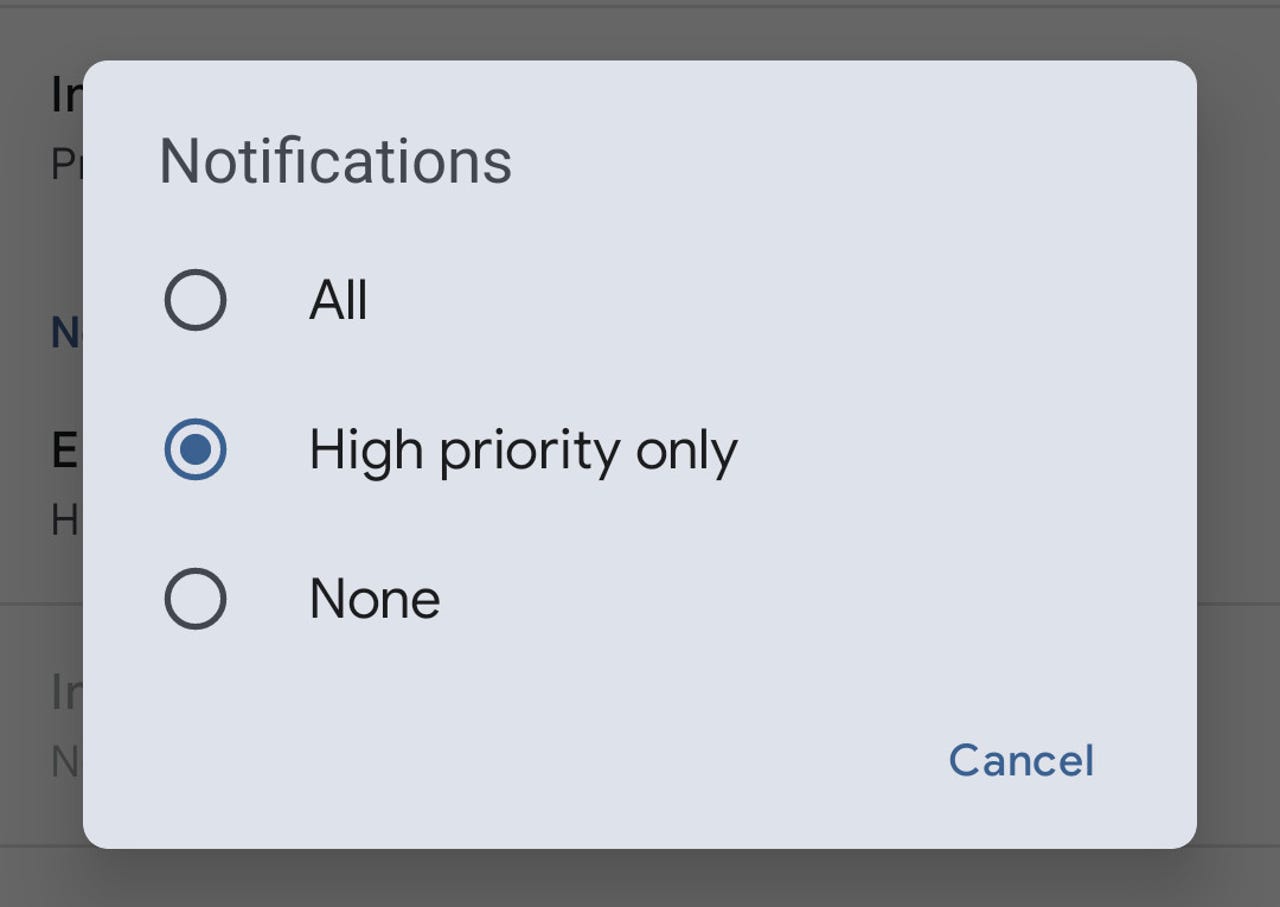How to make sure people see your important emails -- even in Gmail

Recently I needed to send an email of rather high importance to someone. It's pretty rare when I do such a thing simply because when a particular communication is that important I'd much rather handle the matter over the phone. Call me old-fashioned that way.
I was using Apple Mail, and found a pretty simple way to set the priority for the email. To test the feature, I sent myself a sample email set to Highest priority.
Also: Signs of phishing emails to watch for
See also
When I received it in Apple Mail, the !! priority denotation appeared after my name in the email. However, when I viewed that email in either Gmail or Thunderbird, there was no indication of priority.
I decided to try this same feature out by sending an email using Thunderbird. To my surprise, no email client (not even Thunderbird itself) honored the priority setting out of the box.
Turns out, with Thunderbird you have to enable the Priority column in the display pane by right-clicking the header toolbar and selecting Priority from the list. Once you've done that, Thunderbird will display the set priority of any email, by any client (even Apple Mail).
Enabling the Priority column in Thunderbird.
However, if you send those marked-priority emails to a Gmail account, the priority isn't shown. Here's what I've found to be true with the most popular email clients and priority:
- Apple Mail priority displays fine on Thunderbird and Outlook.
- Thunderbird priority displays on Apple Mail and Outlook.
- Outlook priority displays on Thunderbird and Outlook.
The problem is Gmail. Given how many people use Gmail (according to Wikipedia, that figure was around 1.5 billion in 2019), it's mind-boggling to think Google decided that priority in an email wasn't necessary.
It is.
Maybe not to every user, but anyone who's ever had to send an email that needs an answer immediately understands the necessity of a priority setting. Unfortunately, Google decided it would lean into AI to help your Gmail account learn what was important and what was not.
Also: How to set Gmail notifications so you won't miss important emails
Let me tell you that Gmail isn't nearly as good at this as it thinks it is. I've missed many an important missive because it wound up in the Updates folder or was just buried in my inbox with zero indication of its importance. There is a Gmail add-on, called Priority Matrix, that lets you prioritize emails, but it's not free, and it's not reliable or user-friendly enough for me to recommend. And you can't insist your Gmail recipients install the addon.
If you're a Gmail user, what can you do? What about if you need to email Gmail users? I have a few tips.
How to notate that an email is a priority for a Gmail user
When I have to send an important email from Gmail, I typically will add something like this to the subject:
***URGENT:
I know, it's a rather analog fix for a very digital problem. It doesn't guarantee that an email will be marked important, but it's your best bet.
Other options to prepend to the subject could be
- ***Important:
- !!URGENT!!:
- ***RESPOND ASAP:
- !!!:
- *!*!RESPONSE NEEDED:
I'm in a situation where I have to bounce between Gmail, Thunderbird, and Apple Mail. When I need to mark an email with a high priority, I make sure to use either Thunderbird or Apple Mail. If the email I'm sending is to a Gmail user, I'll tweak the subject to indicate the missive needs to be read ASAP.
Who knows, maybe someday Google will see the error of its ways and allow users to mark and view an email as high priority. Until that day, we'll do what we can to ensure recipients understand the importance of our communiqués.
